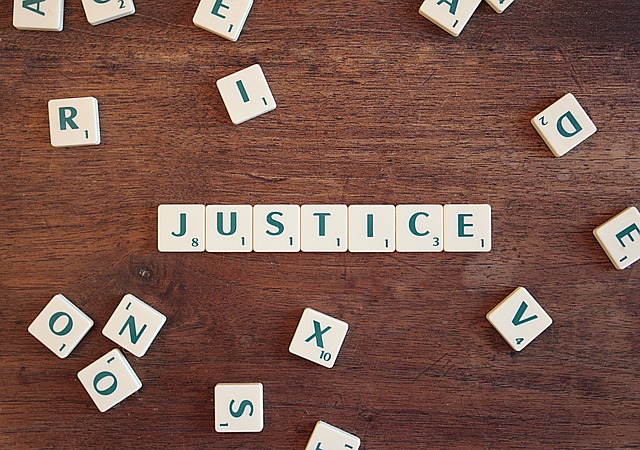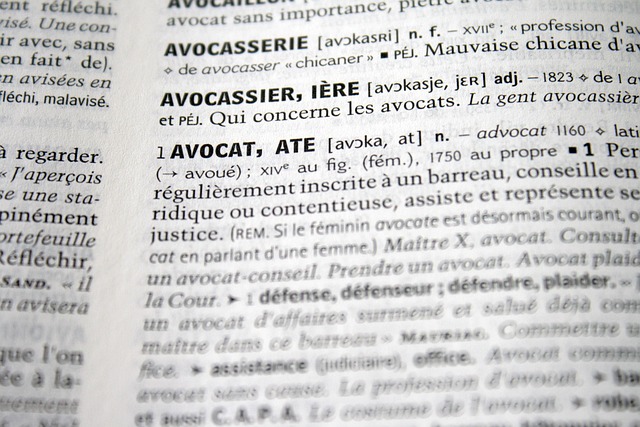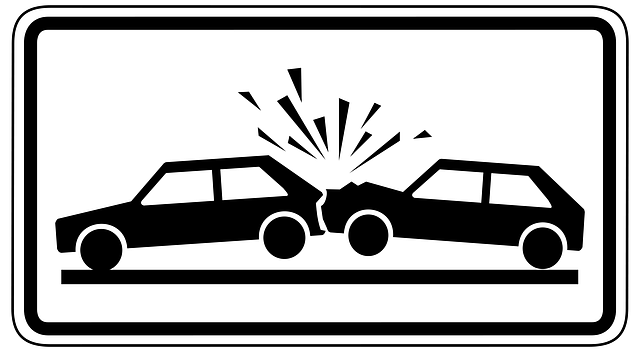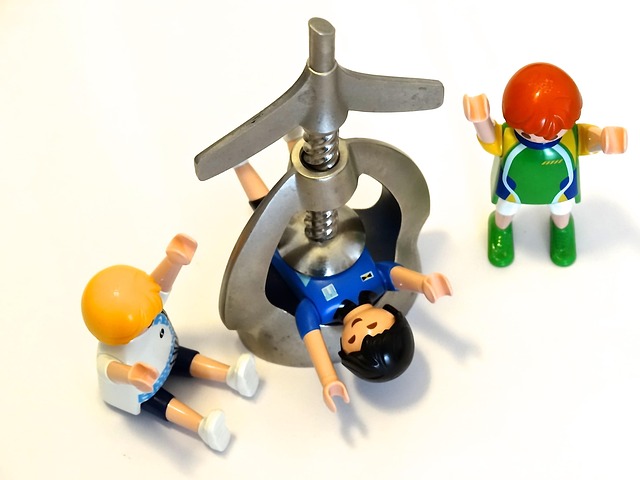A wrongful death lawsuit arises from a fatal injury caused by another party's negligence or deliberate actions, with key steps including filing a complaint, presenting evidence in court, and determining liability. Insurance companies assess claims rigorously, aiming to assign liability and project financial risks through reviews of medical records, reports, and statements. Negotiations are often preferred for swift, cost-effective resolutions; trials follow if negotiations fail or claims are deemed valid. Expert legal guidance is crucial throughout, especially in cases with personal injury and complex partnerships.
“In the event of a tragic wrongful death, insurance companies step into a complex legal landscape. This article explores how insurers navigate the challenging process of handling such lawsuits. We’ll break down the key elements and steps involved, from initial assessment and negotiation tactics to defense strategies and resolution options, including settlement agreements and trial procedures. Understanding these dynamics is crucial for both victims’ families seeking justice and insurance professionals managing risk.”
- Understanding a Wrongful Death Lawsuit: Key Elements and Process
- The Response of Insurance Companies: Assessment, Negotiation, and Defense Strategies
- Resolving the Suit: Options for Settlement and Trial Procedures
Understanding a Wrongful Death Lawsuit: Key Elements and Process

A wrongful death lawsuit arises when an individual’s death is caused by another party’s negligence or intentional actions, often resulting from a fatal accident or medical mistake. Key elements of such cases include proving causation—that the defendant’s actions directly led to the death—and establishing liability. The process involves filing a complaint with the court, where plaintiffs outline their case against the accused. After service of the complaint, the defendant has a set period to respond, either admitting or denying the allegations.
If the matter proceeds to trial, a personal injury lawyer represents the family seeking compensation for their loss. They must convince a judge and jury that the defendant was negligent or responsible, presenting evidence such as medical records, witness statements, and expert opinions. An auto accident attorney may play a crucial role if the wrongful death resulted from a vehicle-related incident. The successful outcome can provide financial relief to help families cope with their loss and cover funeral expenses, lost wages, and other associated damages in a wrongful death case.
The Response of Insurance Companies: Assessment, Negotiation, and Defense Strategies

When faced with a wrongful death lawsuit, insurance companies take swift action to assess the claim, often employing specialized teams to review and analyze the case. This initial assessment involves an in-depth examination of the circumstances surrounding the incident, including medical records, police reports, and witness statements. The goal is to understand the validity of the claim, determine liability, and estimate potential financial burdens.
Following assessment, insurance companies may choose to negotiate or defend against the lawsuit. Negotiation tactics involve discussions with plaintiffs’ car accident lawyers to reach a mutually agreeable settlement. This process requires strategic decision-making, considering factors like the severity of car accident injuries and the potential cost of legal proceedings. In cases where negotiations fail, insurance companies employ robust defense strategies, disputing liability and seeking to minimize compensation through various legal avenues, including challenging the breach of contract or presenting alternative interpretations of the evidence.
Resolving the Suit: Options for Settlement and Trial Procedures

In the event of a wrongful death lawsuit, insurance companies have several options to resolve the matter. One common approach is settlement negotiations, where both parties discuss and agree on an acceptable compensation amount outside of court. This can be beneficial for all involved, as it avoids the time and expense of a trial while ensuring a fair outcome for the victim’s family.
Alternatively, if settlement talks fail or the insurance company believes the claim is unwarranted, they may proceed to trial. During this procedure, both sides present their evidence and arguments before a judge or jury. The verdict can result in a judgment for the plaintiff, awarding them injury compensation, or a dismissal of the lawsuit. It’s crucial to understand that each step involves careful legal navigation, requiring expertise to protect the interests of all parties, especially in cases regarding personal injury claims and partnership disputes.
When faced with a wrongful death lawsuit, insurance companies employ strategic responses that involve careful assessment, negotiation tactics, and robust defense mechanisms. Understanding these processes is key to navigating such complex cases. By examining each stage, from the initial claim evaluation to potential settlement or trial, individuals can gain insights into how insurers handle these lawsuits. This knowledge empowers victims’ families to make informed decisions, ensuring they receive fair compensation in the event of a loss.






